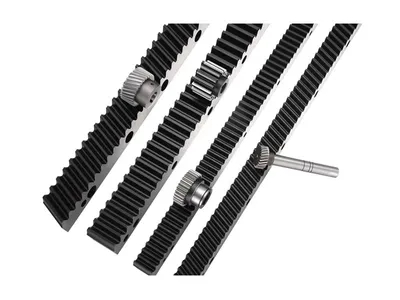
AC and DC gear motors, along with gearboxes, are fundamental components in many mechanical and electromechanical systems, offering a wide range of applications from industrial machinery to consumer products. Here’s a detailed description of each:
AC Gear Motor
AC (Alternating Current) Gear Motors are electric motors that use alternating current to generate rotational motion. These motors are typically combined with a gearbox, which is a mechanical assembly that converts the motor’s high-speed, low-torque rotation into lower-speed, higher-torque output. This combination is beneficial for applications requiring precise control of speed and torque.
Features:
Power Supply: Operates on AC power, suitable for applications where AC power is readily available or preferred.
Speed Control: Offers variable speed options, though speed control is generally less precise than with DC motors.
Durability: Generally robust, suited for continuous operation, and has a longer lifespan in applications not requiring frequent speed changes.
Maintenance: Typically requires less maintenance than DC motors due to the absence of brushes.
DC Gear Motor
DC (Direct Current) Gear Motors are powered by direct current and are known for their high efficiency and excellent torque control. Like AC gear motors, they are often paired with gearboxes to adjust the output speed and torque to the desired levels.
Features:
Power Supply: Operates on DC power, making them suitable for battery-powered or portable applications.
Speed Control: Provides precise control over speed, which can be easily adjusted using voltage variations or PWM (Pulse Width Modulation) techniques.
Efficiency: High efficiency, especially at lower speeds, making them ideal for applications requiring battery operation or energy savings.
Maintenance: May require more maintenance than AC motors due to brush wear (for brushed DC motors), but brushless DC motors offer similar low maintenance advantages as AC motors.
Gearbox
Gearboxes are mechanical devices attached to electric motors to modify their output in terms of speed and torque. They work by using gears and gear trains to provide speed and torque conversions from a rotating power source to another device.